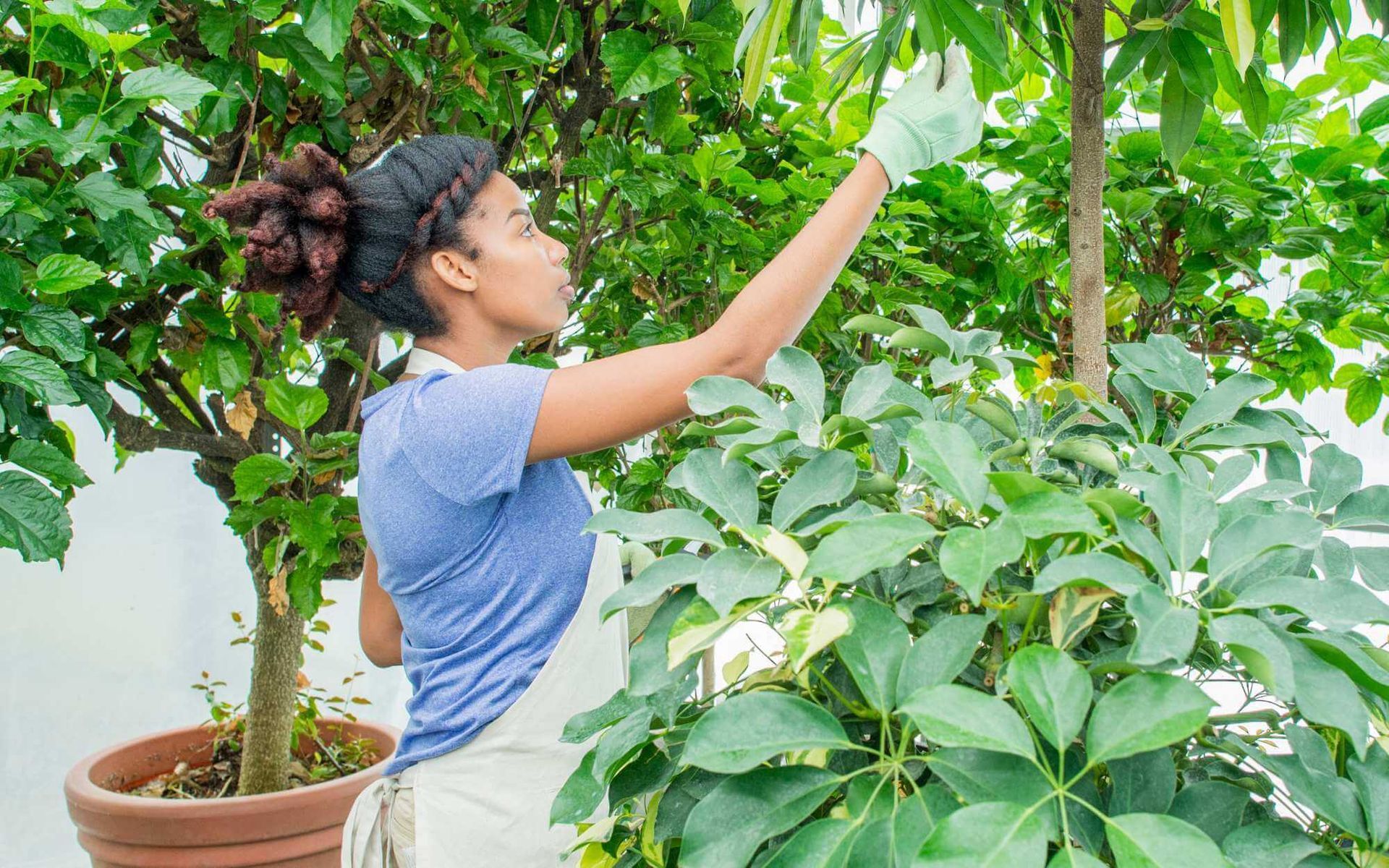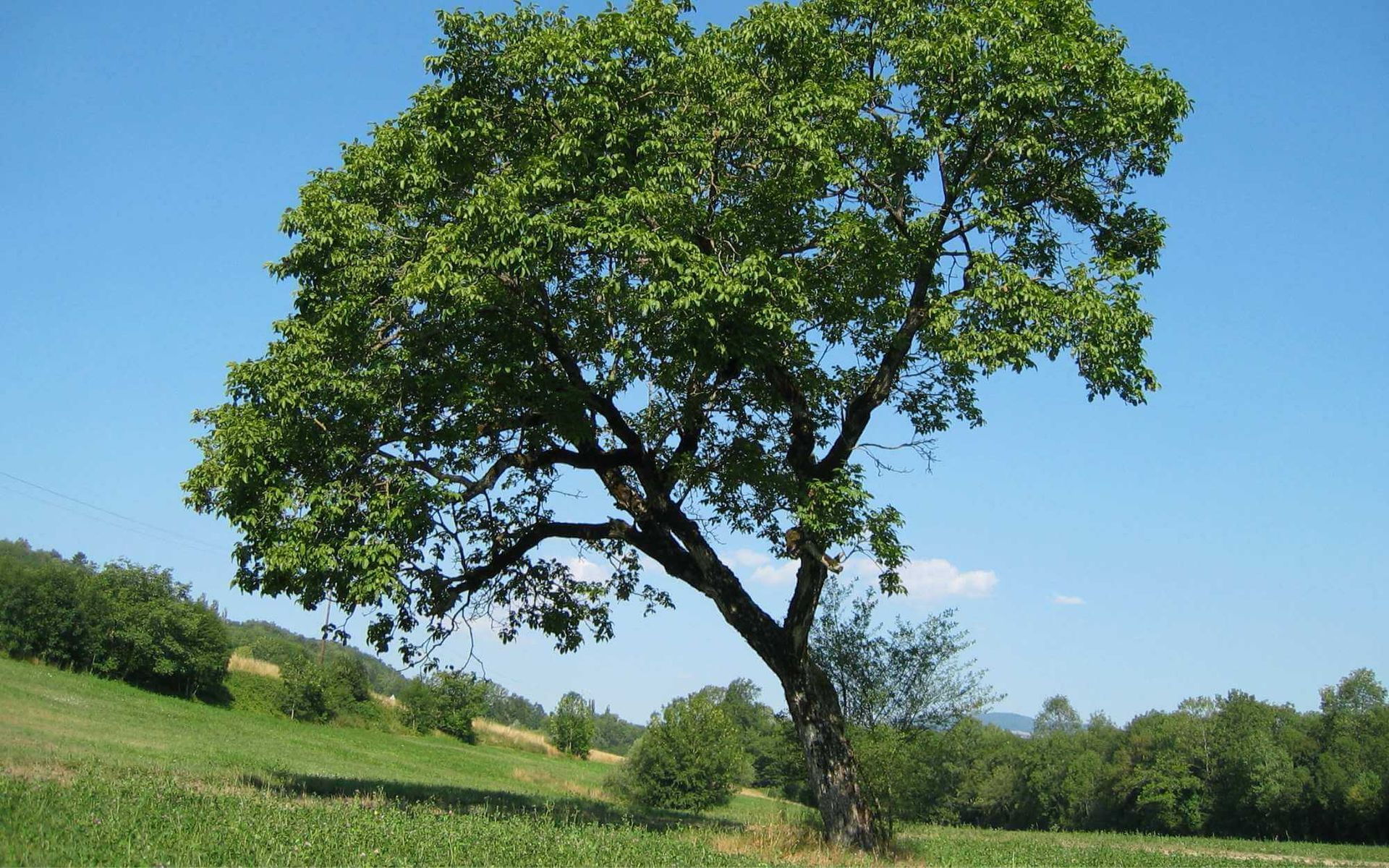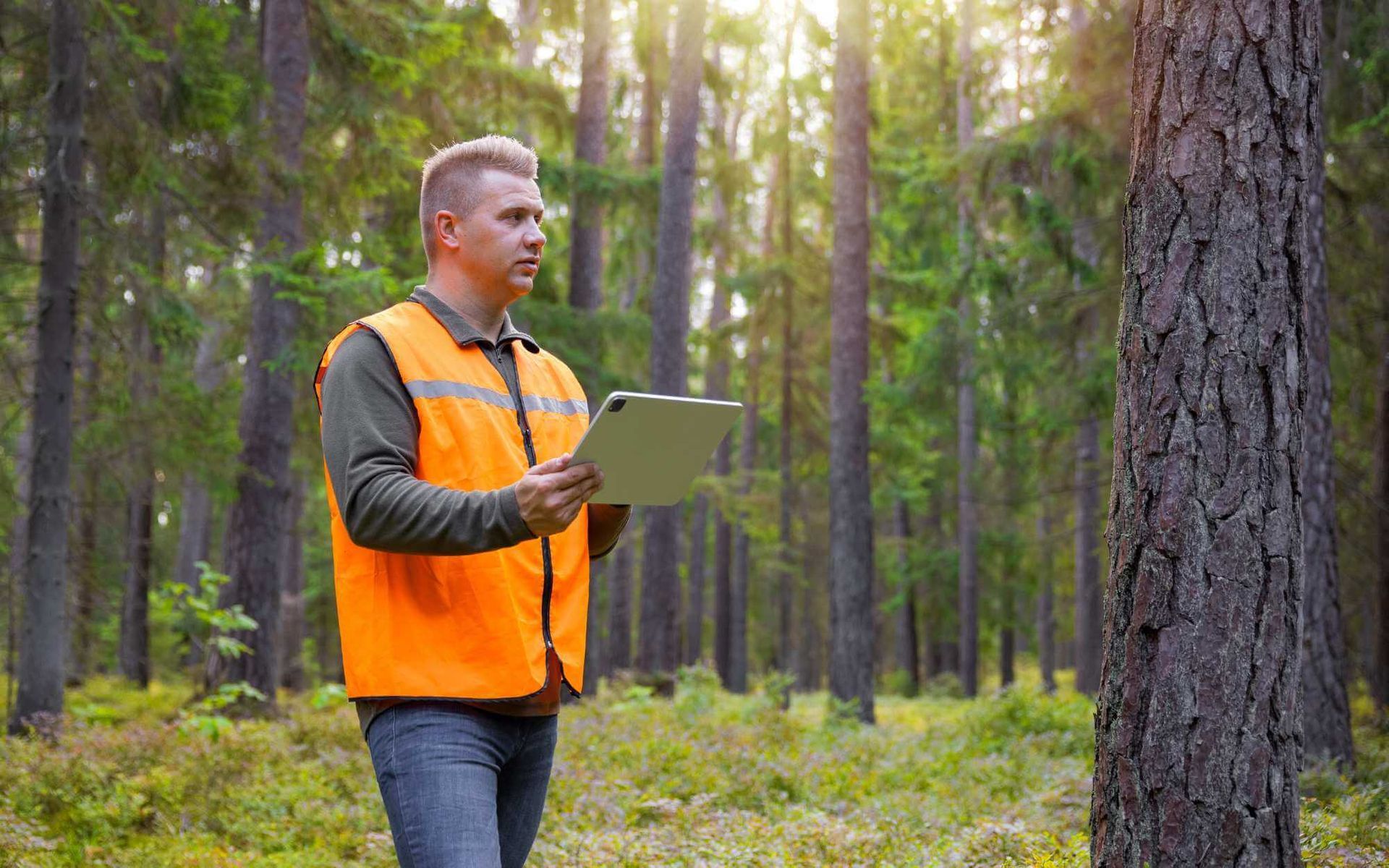Homeowner's Guide to Hazardous Tree Recognition
PUBLISHED ON
SHARE THIS ARTICLE

Being a homeowner comes with its fair share of responsibilities, one of which is ensuring the safety and well-being of your home and those who reside in it.
Often, we're vigilant about the obvious threats like issues with power lines or structural problems. However, one potential hazard that is often overlooked is the presence of hazardous trees in our properties. These seemingly innocuous giants can pose a significant threat if not properly managed.
Recognizing a hazardous tree and understanding the steps required for its safe removal is paramount to maintaining not only the beauty of your landscape but also the safety of your home.
This guide aims to equip homeowners with the crucial knowledge and foresight to identify and deal with hazardous trees effectively.
Common Signs of Hazardous Trees

Trees are often considered symbols of strength and longevity. Unfortunately, even these mighty forces of nature are susceptible to damage and disease.
Here are some of the most common signs that a tree may be hazardous:
- Leaning trees: A tree that leans significantly can be dangerous, especially if it is leaning towards your home or any other structure on your property.
- Cracks in the tree's trunk or branches: Cracks are a sign of a weakened tree that could potentially break and fall at any time.
- Dead or decaying branches: Dead branches can easily break off and cause damage to property or harm people.
- Fungal growth: Fungi on mature trees can indicate decay, which weakens the tree's overall structure.
- Excessive deadwood: A large amount of deadwood in a tree can also be a sign of decay and instability.
- Root damage: If the tree roots of a tree are damaged, it may not have enough support to stay upright during strong winds or storms.
Potential Tree Hazards and Dangers
During storms, hazardous trees or their branches may fall, posing a significant risk to people, pets, and property. Falling trees can cause substantial damage to structures, potentially leading to costly repairs or replacement.
Even smaller branches, when carried by strong winds, can shatter windows or damage roofs. Moreover, they pose safety risks to individuals and pets in their path, potentially leading to injuries or even fatalities.
Hence, it's crucial to assess and manage potentially hazardous trees to mitigate these risks and ensure the safety of everyone in the vicinity.
Steps for Dealing with Hazardous Trees

If you notice any of these signs on trees on your property, it's crucial to take prompt action to prevent any potential damage or harm. Here are the steps you should follow:
- Assess the entire tree: Take a closer look at the tree and its surrounding area to determine the severity of the situation.
- Consult an expert: If you're unsure about the safety of the tree, it's best to consult with a professional arborist who can provide an expert opinion and recommend the necessary course of action.
- Consider tree removal: In some cases, hazardous dead trees may need to be removed entirely to avoid any potential hazards.
- Schedule regular maintenance: To prevent future accidents, it's essential to regularly maintain your trees by pruning dead branches and monitoring for signs of decay or damage.
- Follow safety precautions: If you decide to remove the tree yourself, make sure to take all necessary safety precautions and have the proper equipment.
By being aware of the signs of hazardous trees and taking prompt action when necessary, homeowners can ensure the safety of their homes and loved ones.
Recognizing and Addressing Hazardous Trees for Homeowner Tree Safety
A proactive property tree risk management program is paramount for homeowners aiming to maintain healthy trees and a safe environment. The early identification of hazardous trees can prevent potential property damage and injuries, safeguarding your family and loved ones.
Don't hesitate to seek professional advice from arborists when uncertain about a tree's safety.
Professional tree risk assessment and management can significantly mitigate risks, encouraging a healthier ecosystem and peace of mind. Your proactive efforts today can guarantee a safer tomorrow for both your property and the environment.
Want a free quote or some friendly advice? Call our team today:






